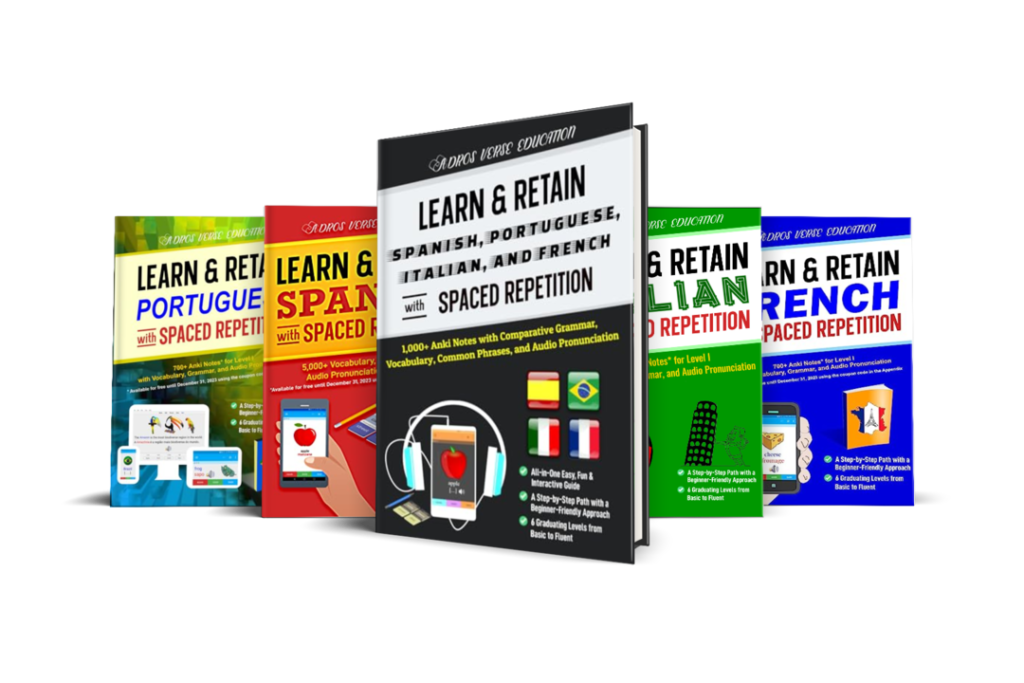Understanding the usage of the preposition “a” in Italian is fundamental for mastering the language. This small but essential preposition has ubiquitous functions and meanings. This guide explores the different uses of “a” in Italian, providing examples and explanations to help you grasp its nuances.
1. Indicating Location
One of the most common uses of “a” is to indicate location, similar to the English preposition “at” or “to,” for example:
| Sono a casa. | I am at home. |
| Vado a scuola. | I am going to school. |
When combined with the definite article, “a” forms prepositional contractions:
- a + il = al: e.g., “Vado al cinema.” (I am going to the cinema.)
- a + la = alla: e.g., “Studio alla biblioteca.” (I study at the library.)
- a + lo = allo: e.g., “Mangiamo allo stadio.” (We eat at the stadium.)
- a + l’ = all’: e.g., “Arrivo all’aeroporto.” (I arrive at the airport.)
- a + i = ai: e.g., “Parliamo ai ragazzi.” (We talk to the boys.)
- a + gli = agli: e.g., “Scrivo agli amici.” (I write to the friends.)
- a + le = alle: e.g., “Telefono alle ragazze.” (I call the girls.)
2. Indicating Time
The preposition “a” is used to indicate specific times, translating to “at” in English, for example:
| Ci vediamo alle 3. | We will see each other at 3 o’clock. |
| La lezione inizia alle 9. | The lesson starts at 9. |
When referring to days or parts of the day, “a” can also be used:
| Lavoro al mattino. | I work in the morning. |
| Partiamo a mezzogiorno. | We leave at noon. |
3. Expressing Motion Towards a Place
The preposition “a” is used to express motion towards a place, similar to the English “to,” for example:
| Vado a Roma. | I am going to Rome. |
| Viaggio a Milano. | I travel to Milan. |
4. Expressing Purpose or Function
The preposition “a” can also be used to express the purpose or function of an object, often translating to “for,” for example:
| Occhiali da sole. | Sunglasses – literally “glasses for the sun.” |
| Scarpe da corsa. | Running shoes – literally “shoes for running.” |
5. Indicating Possession or Belonging
In some contexts, “a” indicates possession or belonging, often translated as “to” or “of,” for example:
| La chiave appartiene a Maria. | The key belongs to Maria. |
| Il libro è a Marco. | The book is Marco’s. |
6. Describing a State or Condition
The preposition “a” can describe a state or condition, especially with certain adjectives, for example:
| Sono felice a casa tua. | I am happy at your house. |
| Il bambino è bravo a scuola. | The child is good at school. |
7. Forming Idiomatic Expressions
The preposition “a” is also essential in various idiomatic expressions. These phrases often do not translate directly but are important to know for fluency:
| A volte. | Sometimes. |
| A presto! | See you soon! |
| A dire il vero. | To tell the truth. |
8. Using ‘A’ with Infinitives
When combined with verbs, “a” often precedes an infinitive to indicate purpose or intention, for example:
| Imparo a nuotare. | I am learning to swim. |
| Comincio a leggere. | I start to read. |
Common Verbs That Use “a”
In Italian, certain verbs are typically followed by the preposition “a” before an infinitive verb. This structure often indicates purpose, intention, or the result of an action. Below is a list of some of the most common Italian verbs that require “a” before an infinitive, along with examples to illustrate their usage.
1. Andare a (to go to)
- Example: “Vado a comprare il pane.” (I am going to buy bread.)
2. Venire a (to come to)
- Example: “Vieni a vedere!” (Come to see!)
3. Cominciare a (to begin to)
- Example: “Comincio a studiare.” (I start to study.)
4. Iniziare a (to start to)
- Example: “Inizio a lavorare alle 9.” (I start to work at 9.)
5. Riuscire a (to succeed in)
- Example: “Riesco a finire il lavoro.” (I succeed in finishing the work.)
6. Continuare a (to continue to)
- Example: “Continuo a leggere.” (I continue to read.)
7. Provare a (to try to)
- Example: “Provo a chiamare più tardi.” (I try to call later.)
8. Abituarsi a (to get used to)
- Example: “Mi abituo a vivere in città.” (I get used to living in the city.)
9. Imparare a (to learn to)
- Example: “Imparo a nuotare.” (I am learning to swim.)
10. Insegnare a (to teach to)
- Example: “Insegno a scrivere.” (I teach to write.)
11. Decidere a (to decide to)
- Example: “Ho deciso a partire domani.” (I decided to leave tomorrow.)
12. Persuadere a (to persuade to)
- Example: “L’ho persuaso a venire con noi.” (I persuaded him to come with us.)
13. Invitare a (to invite to)
- Example: “Ti invito a cenare con noi.” (I invite you to dine with us.)
14. Aiutare a (to help to)
- Example: “Ti aiuto a fare i compiti.” (I help you do the homework.)
15. Obbligare a (to force/oblige to)
- Example: “Mi hanno obbligato a firmare.” (They forced me to sign.)
16. Abituarsi a (to get used to)
- Example: “Mi abituo a svegliarmi presto.” (I get used to waking up early.)
17. Costringere a (to force to)
- Example: “L’insegnante li ha costretti a fare i compiti.” (The teacher forced them to do the homework.)
18. Fermarsi a (to stop to)
- Example: “Mi fermo a guardare il panorama.” (I stop to look at the view.)
19. Pensare a (to think of)
- Example: “Penso a studiare in Italia.” (I think of studying in Italy.)
20. Prepararsi a (to prepare to)
- Example: “Mi preparo a partire.” (I prepare to leave.)
Conclusion
The preposition “a” in Italian is versatile and essential for accurate and effective communication. From indicating location and time to expressing motion, purpose, possession, and more, understanding how to use “a” correctly will greatly enhance your fluency in Italian. Practice using “a” in various contexts, pay attention to its use in conversations and written texts, and soon it will become a natural part of your Italian vocabulary. Buona fortuna! (Good luck!)



